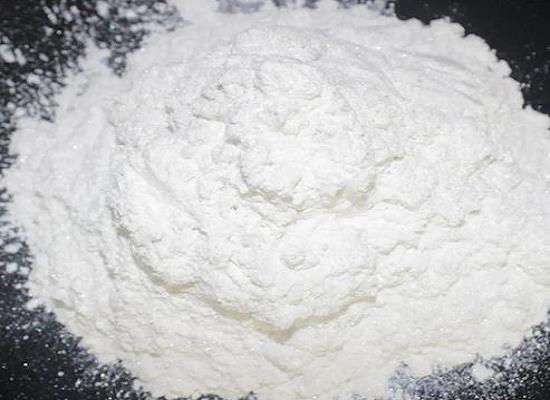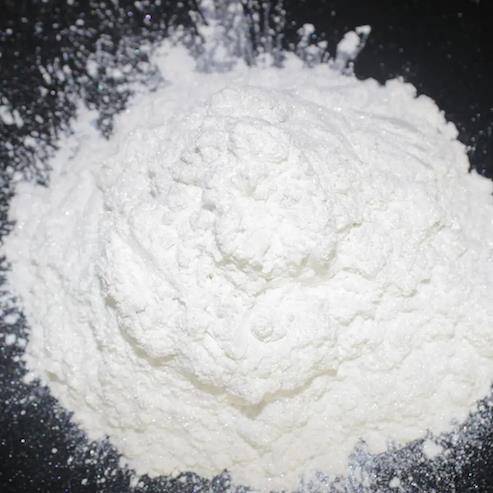Bulevirtide: Pharmacodynamics, Pharmacokinetics and Adverse Events
General Description
Bulevirtide, a synthetic lipopeptide targeting NTCP, inhibits HBV and HDV entry into hepatocytes, showing promise in treating infections. Its pharmacokinetics exhibit non-linear behavior, with SC bioavailability at 85% and steady state reached within weeks. Adverse events of Bulevirtide are generally mild, with increased bile salts and injection site reactions being common. Close monitoring is advised for potential interactions with OATP1B1/3 substrates. Clinical trials of Bulevirtide show tolerability, with reversible adverse reactions like elevated ALT levels. While generally well-tolerated, some cases of hepatitis exacerbation were reported. Co-administration with certain drugs requires caution due to potential pharmacokinetic interactions.

Figure 1. Bulevirtide
Pharmacodynamics
Bulevirtide, a synthetic lipopeptide composed of 47 amino acids from the preS1 domain of the HBV large surface protein, exerts its pharmacodynamics through competitive inhibition of the sodium taurocholate co-transporting polypeptide (NTCP). NTCP serves as a crucial bile salt liver transporter, facilitating the entry of HDV and HBV into hepatocytes. By binding to NTCP, bulevirtide effectively blocks the entry of these viruses into healthy hepatocytes, thereby inhibiting their spread and replication within the liver. This mechanism potentially promotes hepatocyte regeneration and prevents reinfection by HDV and HBV. In preclinical studies involving HBV-infected mice with human hepatocytes, bulevirtide administration led to significant inhibition of HBV spread, as evidenced by the absence of increases in viraemia and antigen levels. Moreover, the lack of adverse findings in preclinical toxicological assessments suggests a favorable safety profile for bulevirtide use in humans. These findings highlight bulevirtide's potential as a promising therapeutic agent for the treatment of HBV and HDV infections. 1
Pharmacokinetics
Bulevirtide demonstrates complex pharmacokinetics characterized by non-linear behavior and a two-compartment target-mediated drug disposition model in healthy individuals. Following subcutaneous (SC) and intravenous administration, bulevirtide exposure increases disproportionately with dose escalation, while clearance and volume of distribution decrease. The bioavailability of bulevirtide following SC administration is estimated to be 85%. Steady state is anticipated within the first weeks after a 2 mg dose, with approximately 2-fold accumulation ratios for maximum drug concentration (Cmax) and area under the curve (AUC). The time to reach Cmax (tmax) ranges from 1 to 3 hours across a bulevirtide dose range of 0.8–10 mg. Elimination primarily occurs via a first-order process, mainly involving target binding to NTCP, as bulevirtide was not detected in the urine of healthy volunteers. The elimination half-life (t1/2) is approximately 4–7 hours. In vitro studies indicate that over 99% of bulevirtide is bound to plasma proteins, with no active metabolites expected. Bulevirtide also inhibits OATP1B1/3 transporters in vitro, although only at concentrations of ≥0.5 µM, suggesting potential interactions with OATP1B1/3 substrates. Therefore, close monitoring is recommended when bulevirtide is co-administered with drugs that are substrates for or inhibitors of OATP1B1/3. Additionally, co-administration with NTCP inhibitors (e.g., sulfasalazine) or NTCP substrates (e.g., atorvastatin) is not advised, as these drugs may influence bulevirtide pharmacokinetics. 2
Adverse Events
Bulevirtide, whether used alone or in combination therapy, has generally been well tolerated in clinical trials. The most commonly reported adverse reactions (ARs) include increased total bile salts and injection site reactions. The incidence of increased total bile salts is dose-dependent, typically asymptomatic, and reversible upon treatment cessation. Elevated ALT levels have also been observed, often reported after treatment discontinuation and potentially linked to exacerbation of hepatitis. In the MYR202 trial, no specific adverse event (AE) pattern was observed, with increased total bile acid being the most frequent AE. Most AEs resolved, with bile salt levels returning to baseline after therapy cessation. However, two cases of hepatitis exacerbation were reported upon bulevirtide discontinuation. In the MYR203 trial, a higher proportion of AEs were attributed to PEGIFN-α compared to bulevirtide therapy. Common AEs included increased total bile salts, neutropenia, thrombocytopenia, leukopenia, and elevated ALT levels. Additionally, one patient receiving bulevirtide plus PEGIFN-α experienced serious AEs of proctitis and anal fistula, which were likely related to PEG-IFN-α treatment and resolved within 5-11 days. 3
Reference
1. European Medicines Agency. Hepcludex (bulevirtide) powder for solution for injection: EU summary of product characteristics. 2020.
2. Blank A, Markert C, Hohmann N, et al. First-in-human application of the novel hepatitis B and hepatitis D virus entry inhibitor Myrcludex B. J Hepatol. 2016; 65(3): 483-489.
3. Kang C, Syed YY. Bulevirtide: First Approval. Drugs. 2020; 80(15): 1601-1605.



